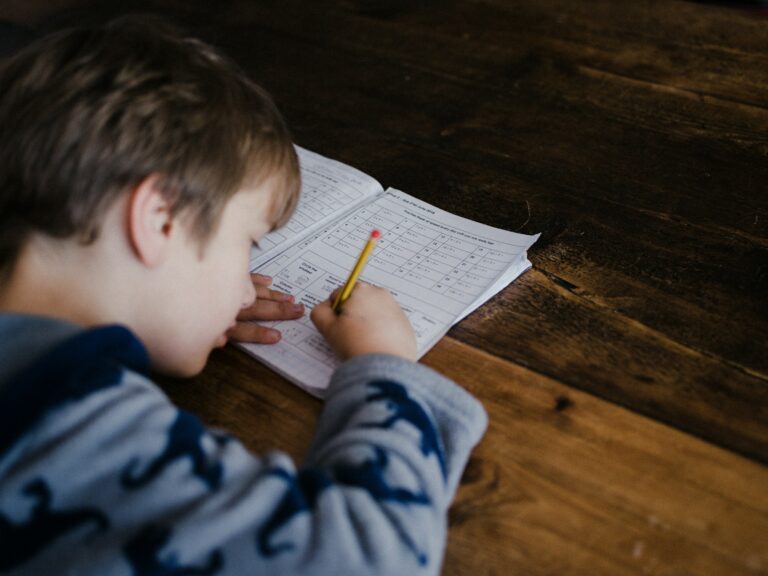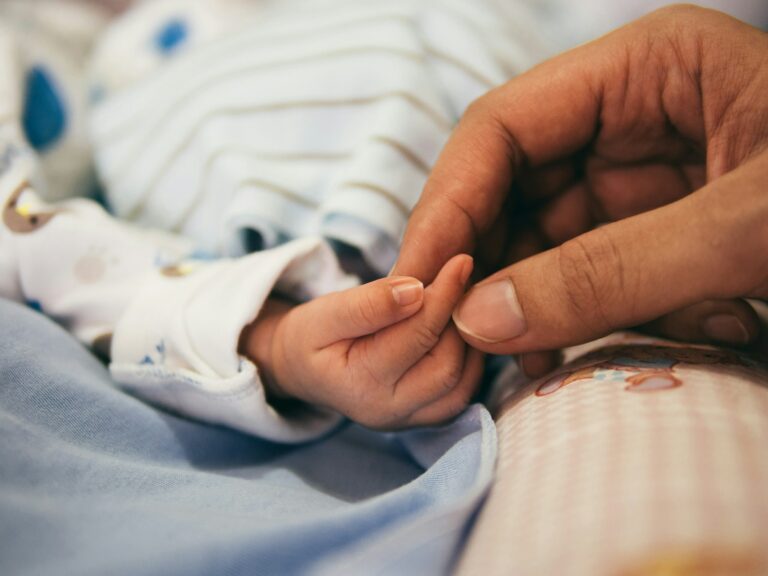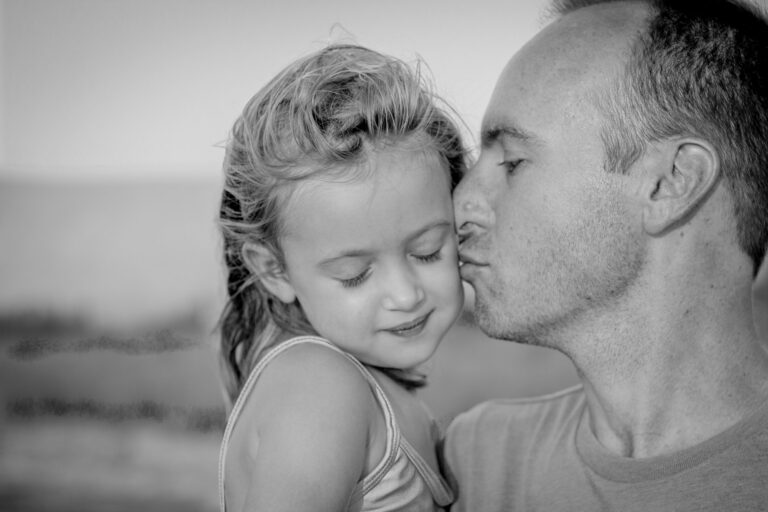The newborn’s first language is not made of words, but rather, woven from urgent, mysterious cries—each wave a signal, sometimes a plea, sometimes simply a message waiting to be understood. Many parents find themselves lying awake, questions echoing through the dim hush: Does my baby need food? Is she in pain? Am I missing something obvious? The experience of understanding baby cries is as much about deciphering sounds as it is about building confidence in this new, deeply connected relationship. Worries about “spoiling” a baby, concerns about persistent fussiness, and doubts about one’s own ability can make this chapter feel stormy. Yet, within this uncertainty lies the key to deepening both trust and bonding. Together, let’s clarify why babies cry, what science reveals about those powerful sounds, and how medical understanding can turn anxiety into empowerment, one sound at a time.
Why Babies Cry: The Biochemistry of Communication
Crying is not a random outburst—it’s the primary communication tool for all newborns before words exist. From a medical perspective, it’s an evolutionary safeguard: involuntary, immediate, and unmistakable. Babies release cortisol and adrenaline when distressed, both tightly linked to survival instincts. What does all this mean for parents? Recognizing and accurately responding to these vocal signals prevents these hormones from accumulating, which science shows is vital for the developing brain.
- Hunger usually brings rhythmic, escalating cries—sometimes punctuated by rooting or hand-sucking.
- Tiredness? Expect nasal, drawn-out, and more plaintive sounds.
- Discomfort, whether it’s a wet diaper or a tag scratching sensitive skin, sparks a fussy protest, which grows in urgency if unresolved.
- And pain—the body’s alarm system—produces a sharp, piercing tone, often more abrupt and higher-pitched than other needs.
Medical research underscores that timely, comforting responses support secure attachment and can lessen the risk of later emotional or behavioral issues. Simply put, understanding baby cries isn’t a parental luxury—it’s a foundation for healthy development.
Interpreting the Messages: Practical Cues and Body Language
How can you distinguish if this particular wail is from fatigue, hunger, or overstimulation? Start by considering patterns—does your baby cry more before naps or after long periods of interaction? Are fists clenched? Is there arching of the back? Add these visual clues to the acoustic “vocabulary”:
- “Neh” often signals hunger (linked to tongue reflexes).
- “Eh” can mean the need to burp (subtle chest movement).
- “Owh” might accompany drowsiness (mouth relaxes into an O).
- “Eairh” points to lower gas pains (legs tucking up).
- “Heh” may indicate discomfort from a wet diaper or too-tight clothes (squirming, restlessness).
A clinical perspective: Consistent observation of these cues enables increasingly accurate responses, lessens cumulative stress, and, over time, streamlines the entire process of understanding baby cries. No two infants are the same—expect patience to pay off.
The Emotional Spectrum: Crying Beyond Physical Needs
Sometimes, it’s not hunger or discomfort. Babies seek connection, reassurance, and soothing during overstimulation or loneliness. In fact, neuroscience shows that the presence of a caregiver—gentle rocking, soft humming, just being there—can moderate the baby’s heart rate and lower stress responses. The “witching hour,” typically near dusk, is a classic example. Your baby might appear inconsolable, only settling in arms or with rhythmic rocking. Far from manipulation, this is a manifestation of emotional regulation in its earliest form.
A useful analogy: For an infant suddenly faced with the cacophony of postnatal life—lights, noise, touch—crying acts as a pressure valve. An evening meltdown might not mean you missed an obvious need; it may simply signal the end of your baby’s endurance for stimulation and the necessity to reset.
Tools and Techniques for Soothing: What Science Recommends
When it comes to soothing a distressed infant, medical evidence consistently highlights the power of physical closeness and rhythmic comfort:
- Skin-to-skin contact: Not only does this comfort instantly, it helps regulate temperature, heart rate, and even blood sugar.
- Babywearing: Being held upright, gently jostled, helps some infants fall into calm, restful states.
- Swaddling replicates womb-like containment; however, correct technique is essential to avoid overheating or hip dysplasia.
- White noise (ex: the hum of a fan or specially designed device) mimics placental sounds, lowering cortisol levels.
- Infant massage supports digestion, eases colic, and enhances attachment according to multiple pediatric studies.
- Gentle rocking or stroller walks: The vestibular input from swaying or rolling can be powerfully calming (as any parent with a baby who instantly falls asleep in a moving car can attest).
Understanding baby cries ultimately means using a toolkit that responds both medically and emotionally. And remember—sometimes, after all needs are met, a short burst of crying is simply how your baby releases tension.
When Crying Signals More: Warning Signs and Medical Red Flags
Most crying is completely expected, even in long clusters. However, knowing when to seek help is essential:
- Crying that is unusually high-pitched, weak, or different from baseline always warrants attention.
- Signs to watch: fever, lethargy, poor feeding, difficulty breathing, persistent vomiting, rashes, or behavioral changes.
- Persistent ear-pulling, inconsolable pain, or shrill wails after diaper changes (especially with skin lesions) demand prompt consultation.
Trust your intuition—established research confirms that parental concern, in the context of understanding baby cries, is a reliable indicator. Never hesitate to call your healthcare professional when something feels amiss.
Beyond the Cry: Early Vocalizations and Healthy Development
Babies are not just bundle of tears. Gentle cooing, spontaneous babbling, and the first tentative giggles paint a portrait of rapid neurological progress. These sounds emerge as your child’s brain forms foundational language and social skills—responding warmly to each syllable stimulates neural connections and affirming touch reinforces secure attachment. Encouraging these moments is as medically beneficial as responding to distress; both are pillars of emotional health.
Navigating Emotional Turbulence: Parental Doubt and Mastery
It’s easy to feel unsettled—did I respond too quickly, or not fast enough? Every parent has experienced the gnawing uncertainty that comes with understanding baby cries. Instead of perfection, embrace self-compassion. Medical evidence is clear: reliability, not flawless decoding, is the recipe for a safe, resilient bond. Moments of confusion are simply part of the intricate dance of learning together.
Reaching out for backup—partner, friend, peer group, or professional—is not a sign of weakness, but an indicator of a healthy, adaptive parenting approach. Fatigue, emotional overwhelm, and frustration are common ground, and utilizing resources is both wise and protective.
Support and Resources: Technology and Community
Modern solutions bridge science and everyday support. Numerous baby cry decoder apps employ artificial intelligence to analyze crying patterns, offering suggestions aligned with evidence-based medicine. Digital parenting communities provide shared wisdom and reassurance, while structured workshops fortify practical and emotional skills.
Ongoing questions about feeding? Accredited lactation consultants can personalize guidance. If emotional strain persists, short-term counseling prevents burnout and enhances the entire caregiving journey. And for tailored advice directly at your fingertips, platforms like the Heloa app deliver personalized questionnaires and medical guidance at no cost.
Key Takeaways
- Understanding baby cries blends science, observation, and emotional availability; each cry provides real-time feedback about your baby’s well-being and development.
- Decoding differences—pitch, tone, repetition—and matching them with body language simplifies identifying needs from hunger to discomfort, pain, or stress.
- Medical research confirms that prompt, warm responses optimize mental and physical health, even if the need isn’t always obvious.
- Persistent, unusual, or distressing crying is not a test; sometimes, professional assessment is simply the safest next step.
- Parenting is a continuously evolving skill set. Practical tools—physical comfort, technological aids, and professional networks—expand your capacity for confident decisions.
- Remember, thoughtful support for your child starts with informed choices for yourself. For instant, evidence-based guidance, download the Heloa app for free pediatric health questionnaires and expert tips tailored to your family’s unique rhythms.
Questions Parents Ask
Can babies cry without any reason?
Absolutely, it’s entirely possible for a baby to cry even when all their immediate needs seem met—sometimes just to release tension or as a form of self-soothing. Crying is a natural way for infants to process new stimuli or transition from wakefulness to sleep. If your baby’s comfort, feeding, and hygiene have been checked, a bout of unexplained crying is quite normal. It doesn’t mean you’re missing something or doing anything wrong—your presence and reassurance sont déjà d’un grand réconfort.
How long should I let my baby cry before responding?
There’s no strict timing. Newborns especially benefit from gentle, prompt reassurance, since it supports their sense of security. As babies grow older, short pauses before intervening can help you distinguish between different kinds of cries and may support their self-soothing abilities. However, il importe de rester à l’écoute de votre instinct : si les pleurs vous semblent inhabituels ou persistants, il est important de privilégier la proximité et de répondre aussi rapidement que vous le souhaitez.
Can a baby’s cry signal long-term issues if left unaddressed?
While occasional, brief cries are part of healthy development, ignoring repeated, persistent cries may influence a baby’s emotional well-being over time. Responsive care—même imparfaite—encourage the development of trust and helps regulate stress. N’hésitez pas à vous entourer de soutien si la fatigue devient lourde, car prendre soin de vous contribue directement au bien-être de votre enfant.









